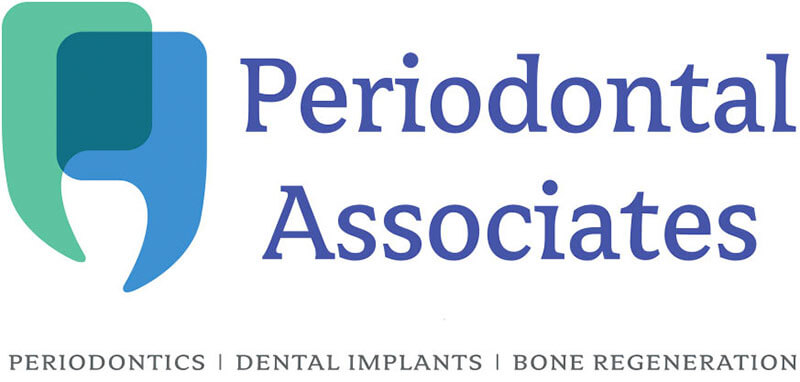Modern dentistry has eliminated much of the “ouch!” from getting a shot of local anesthetic. Now a new discovery may replace the needle used to give local anesthetic in the dentist’s chair for many procedures. Scientists are reporting evidence that a common local anesthetic, when administered to the nose as nose drops or a nasal spray, travels through the main nerve in the face and collects in high concentrations in the teeth, jaw, and structures of the mouth.
The discovery could lead to a new generation of intranasal drugs for noninvasive treatment for dental pain, migraine, and other conditions, the scientists suggest in American Chemical Society’s bi-monthly journal Molecular Pharmaceutics. The article is scheduled for the journal’s May-June issue.
William H. Frey II, Ph.D., and colleagues note that drugs administered to the nose travel along nerves and go directly to the brain. One of those nerves is the trigeminal nerve, which brings feelings to the face, nose and mouth. Until now, however, scientists never checked to see whether intranasal drugs passing along that nerve might reach the teeth, gums and other areas of the face and mouth to reduce pain sensations in the face and mouth.
Neil Johnson, working in the labs of Frey and Leah R. Hanson, Ph.D., at Regions Hospital in St. Paul, Minn., found that lidocaine or Xylocaine, sprayed into the noses of laboratory rats, quickly traveled down the trigeminal nerve and collected in their teeth, jaws, and mouths at levels 20 times higher than in the blood or brain. The approach could provide a more effective and targeted method for treating dental pain/anxiety, trigeminal neuralgia (severe facial pain), migraine, and other conditions, the scientists say.
Furthermore, these scientists discovered an improved future location to administer anesthetic, the maxillary sinus. The maxillary sinus is a golfball-sized space located underneath each cheek where drug can be sprayed. Delivery into this confined space may be the next generation approach beyond a nasal spray in providing a more rapid and focused delivery of anesthetic.
The American Chemical Society is a nonprofit organization chartered by the U.S. Congress. With more than 161,000 members, ACS is the world’s largest scientific society and a global leader in providing access to chemistry-related research through its multiple databases, peer-reviewed journals and scientific conferences. Its main offices are in Washington, D.C., and Columbus, Ohio.
Journal Reference:
- Neil J. Johnson, Leah R. Hanson, William H. Frey. Trigeminal Pathways Deliver a Low Molecular Weight Drug from the Nose to the Brain and Orofacial Structures. Molecular Pharmaceutics,
2010: 100510131956016 DOI: 10.1021/mp100029t
Story Source:
Adapted from materials provided by American Chemical Society, via EurekAlert!, a service of AAAS.
Photo Credit: iStock
